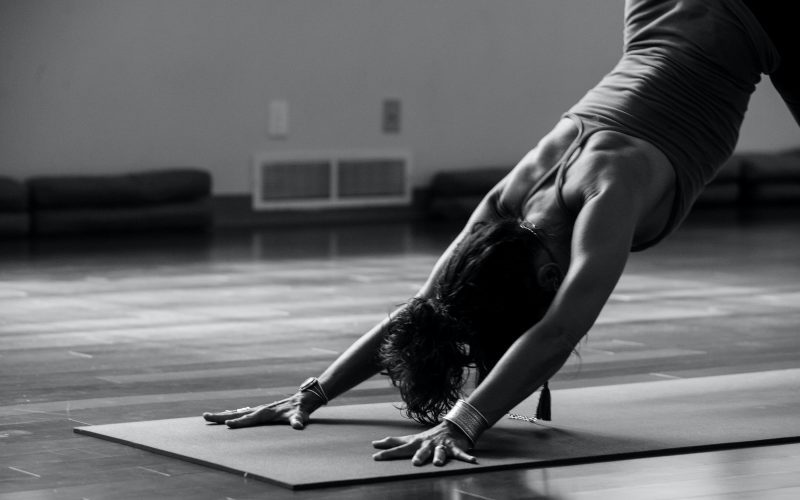Are you feeling down or stressed out? Do you want a natural way to boost your mood and reduce stress levels? Look no further than the dance floor! Believe it or not, there is actual scientific evidence that dancing can have powerful positive effects on both our physical and mental health. So, put on your favorite tunes and get ready to learn about the science behind the beat – how dancing can improve your mood, decrease anxiety levels, boost cognitive function, and even act as a form of therapy. Let’s dive in!
The Benefits of Dancing
Dancing is a great way to improve your mood and reduce stress. The benefits of dancing include:
1) Increased happiness and well-being. Dancing has been shown to increase happiness and well-being, which is likely due to the physical and emotional release that occurs during dancing.
2) Reduced anxiety and depression. Dancing has been shown to be helpful in reducing anxiety and depression, due to the calming effects it has on the body and mind.
3) Increased concentration and focus. Dancing can help improve your concentration and focus, as it requires intense focus and coordination.
4) Improved circulation. Dancing can help improve your circulation, which can help reduce inflammation throughout the body.
The Types of Dancing
When it comes to having a good time, there’s nothing like dancing. Whether you’re jamming out to your favorite tunes or just taking a quick break to shake your groove thing, getting down to some lively rhythm can really help to boost your mood and reduce stress levels.
So what is it about dancing that has such a positive effect on our mental state? There are a few key reasons as outlined below:
Dancing releases endorphins, which are hormones that have analgesic (painkilling) and euphoric (pleasing) effects. Dancing also increases blood flow and heart rate, which helps to increase energy and improve concentration. In addition, it has been shown to improve mood by improving social connectedness and enhancing feelings of self-esteem and well-being.
So if you’re looking for ways to destress and have some fun at the same time, give dancing a try! It might just be the perfect activity for lifting your spirits – especially if you love feeling sociable and in the know!
How to Get Started Dancing
If you’re new to dancing and feel intimidated by the prospect of learning a complex dance routine, don’t be! There are plenty of easy dances you can start with that will help you build muscle memory and get your groove on. The following three easy dances will have you moving and grooving in no time:
The waltz is a classic ballroom dance that is easy to learn but still provides a lot of enjoyment. To start, find a partner and follow these steps: First step forward with your left foot, then step back with your right foot so that your left heel is behind your right ankle. Keep your body centered and pelvic tilt forward. Hold your partner’s hand as they lead the way.
The foxtrot is another popular ballroom dance that’s fun and easy to learn. To start, find a partner and follow these steps: Take a few steps towards them before turning to their left side and placing both hands on their shoulder blade. Then take a half step towards them before turning back to the original side and putting both hands on their other shoulder blade; repeat this motion two more times.
The tango is perfect for those who want an exhilarating yet forgiving dance experience. To start, find a partner who is about the same height as you, hold their hand, and follow these simple steps: Step close to each other before slowly lowering your arms until they’re at chest level; keep your shoulders
Tips for Improving Your Dance Skills
If you’re looking to up your dance game, here are a few tips to improve your skills:
1. Practice regularly. Even if you don’t feel like dancing, try to get at least 30 minutes of exercise each day through some form of dancing – whether that’s practicing scales or rehearsing ballet moves. Dancers who practice regularly report improved coordination, balance and strength thanks to the added muscle memory and overall conditioning that comes with consistent exercise.
2. Make sure your body is ready for movement. If you have any lingering pain from an injury or poor posture, make sure to work on rehabilitating those muscles before trying to pick up the pace on your dance routine. Without the right foundation in place, even the most skilled dancer can end up injuring themselves in the process.
3. Stay motivated. As discouraging as it may be, sometimes our worst dance performances are actually due to our own mental blocks – we simply can’t bring ourselves to give it our all when we don’t feel inspired by what we’re doing. Set yourself small goals that you can achieve in order to keep pushing yourself forward (like striving for 10% more improvement every session), and remember that there will always be progress possible if you keep trying!
Conclusion
The science behind the beat is a proven way to boost your mood, reduce stress, and connect with others. Dancing has been shown to increase serotonin levels in the brain, which can lead to feelings of happiness and well-being. Taking steps to get moving – whether it’s dancing or Moving for Life – can be a great way to de-stress and have some fun!












